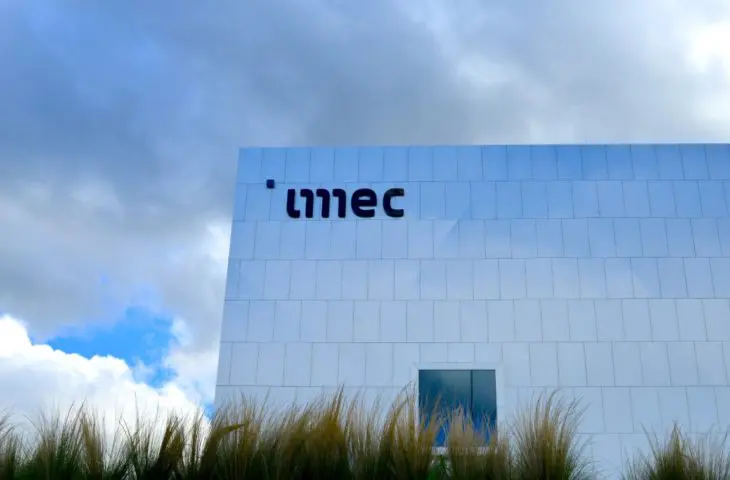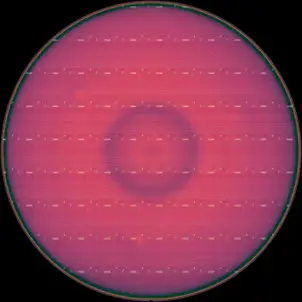Imec has launched a new research program focusing on gallium nitride chips on 300mm wafers. The goal is to develop more efficient power conversion components while reducing production costs.
The Leuven research center Imec is launching a program focused on 300mm GaN technology. This technology enables the construction of smaller, lighter, and more energy-efficient electronic components, particularly for applications in data centers, electric vehicles, and solar energy.
According to Imec, the transition from 200mm to 300mm wafers represents a significant step forward. Larger wafers make it possible to produce more chips simultaneously, reducing the cost per component. At the same time, the new scale allows for more complex designs, such as power converters for processors and graphics cards.
Ecosystem for Power Chips
In the project, Imec is working on improving the production process for GaN transistors based on high electron mobility transistor (HEMT) technology. Initially, the focus is on low-voltage components of 100 volts and above. Later phases will include applications for higher voltages up to and exceeding 650 volts, for example in electric vehicles.
For the new program, Imec is investing in equipment for 300mm wafers. The first tests with the new wafer formats have already been successful. The rollout of full production capabilities is expected by the end of 2025.
The research center emphasizes the importance of collaboration within a complete ecosystem, from chip design and material growth to packaging of the final products.
The first five partners in the program represent different links in the semiconductor chain. These are Aixtron, GlobalFoundries, KLA Corporation, Synopsys, and Veeco.
With this initiative, Imec builds upon its previous research into GaN on 200mm wafers. The expansion to 300mm should contribute to more efficient, scalable, and more compactly built power components for future electronic systems.

